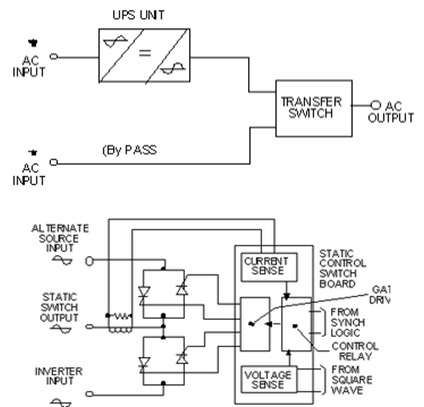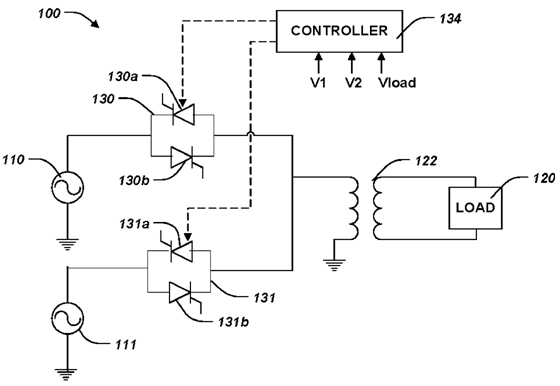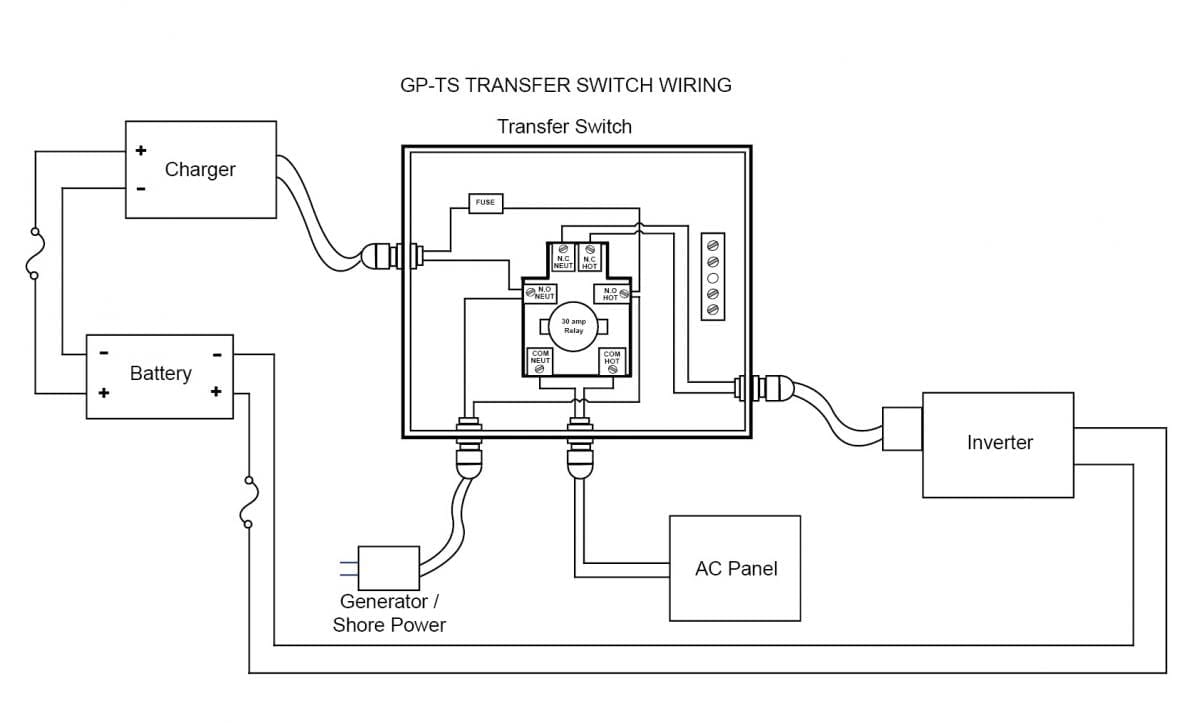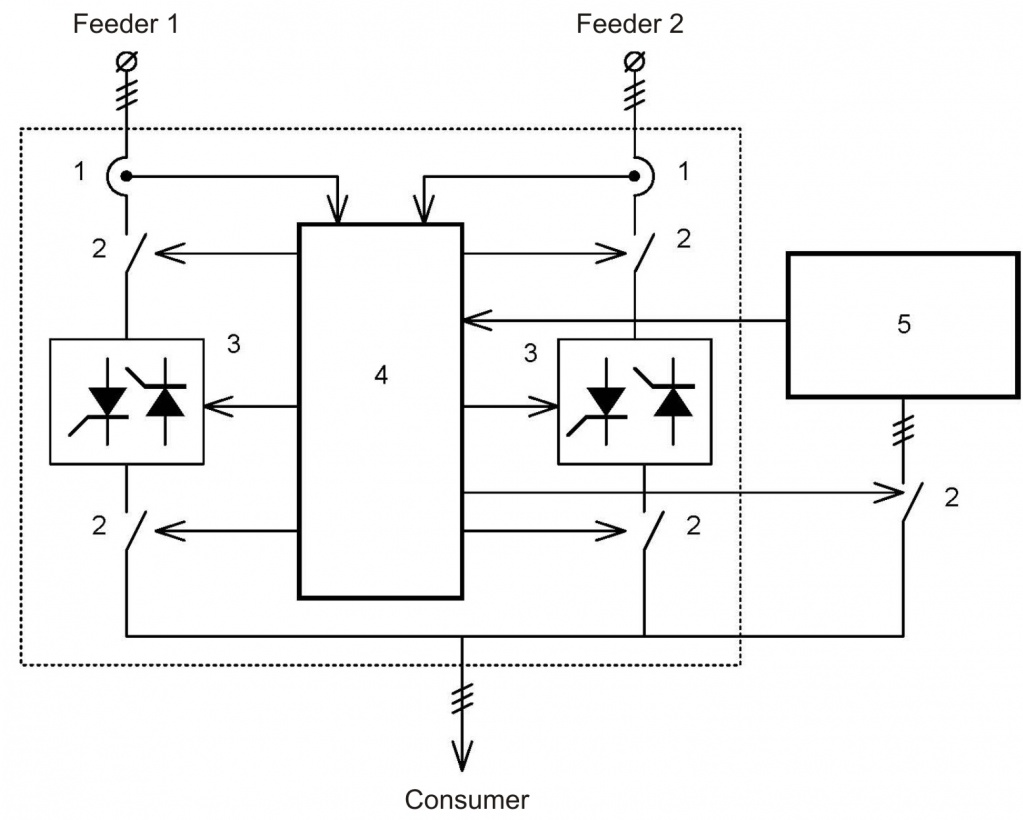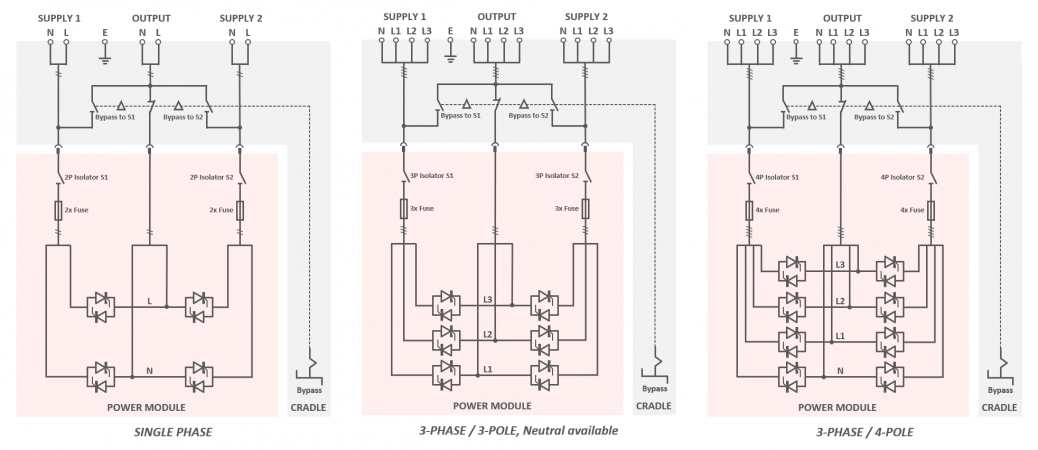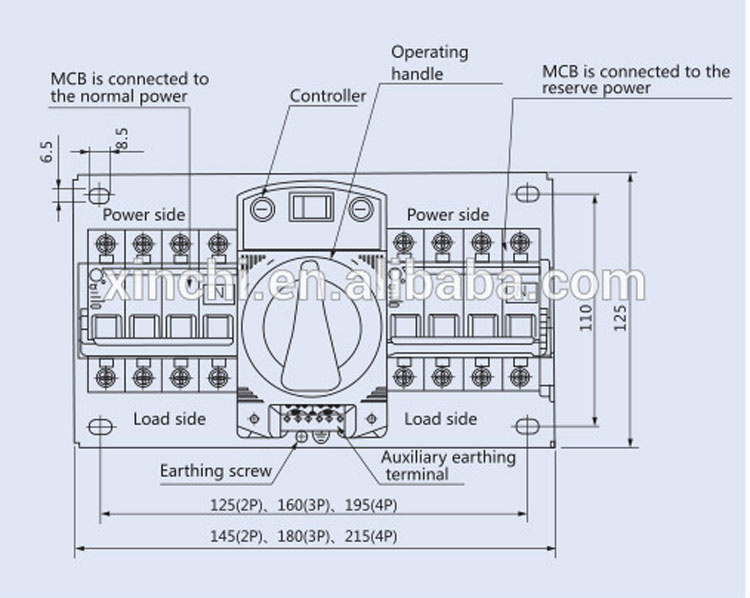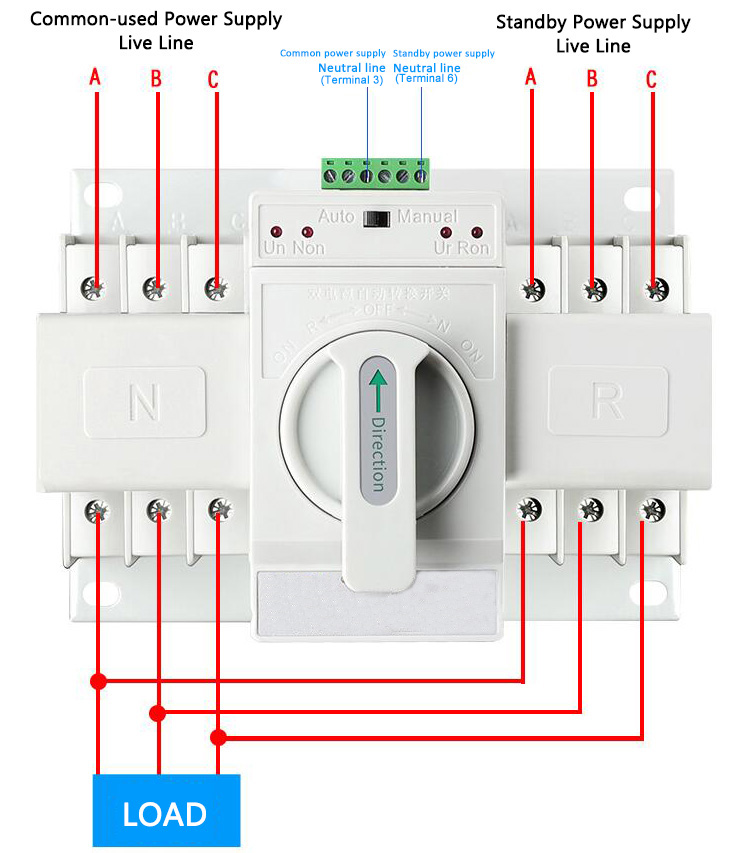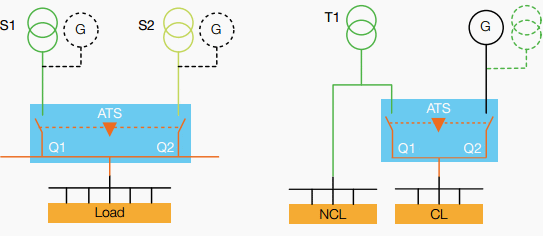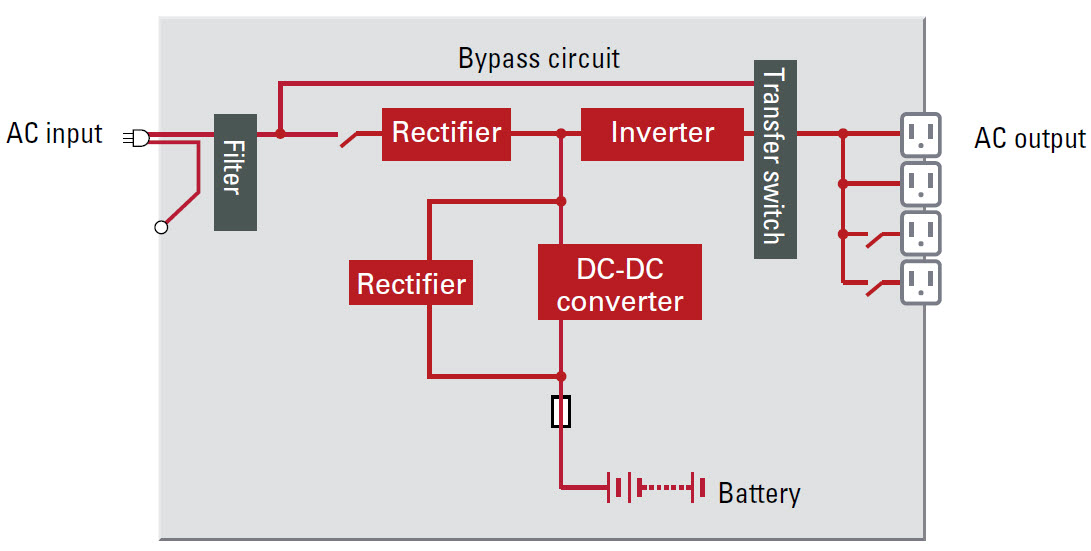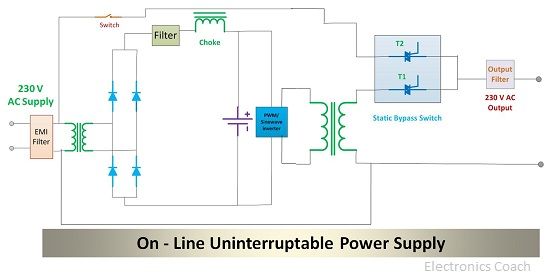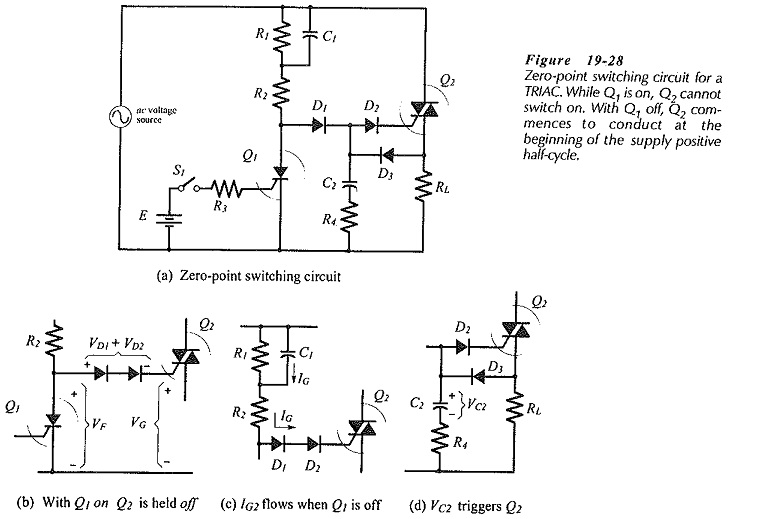Static Switch Circuit Diagram

The block diagram of a static switch is shown below.
Static switch circuit diagram. Silicon controlled rectifiers of which the internal structure is made up of. During the positive half cycle of the sinusoidal waveform the device is forward biased but with switch s 1 open zero gate current is applied to the thyristor and it remains. 3 way switched outlet wiring. In some ups installations the transfer is delayed for a finite time to allow a load protection fuse or circuit breaker to act and clear the fault so avoiding subjecting the load to raw mains or even.
The above thyristor firing circuit is similar in design to the dc scr circuit except for the omission of an additional off switch and the inclusion of diode d 1 which prevents reverse bias being applied to the gate. Current flow will be through load r l s 1 r 1 and gate to mt1 junction of the thyristor. Control system and metering system. The circuit operation occurs when switch s 1 is closed since the triac q 1 will initially be in the block ing condition.
A ups bypass switch is a non essential addition to an uninterruptible power supply system that while not integral to ups operation is definitely useful in the event of maintenance or repair. Capable of providing all information concerning equipment operation status. When this current reaches. When a deviation from the pre set limits on the preferred source is detected a transfer signal is generated.
A breaker or a bus assembly. The source is at the sw1 where the hot is connected to. Three wire cable runs between the switches and the outlet. Sts 4p 100 400 600 a static switch is fitted with a block diagram with led indicators and a 4 line 20char display.
Static switches play a key role in assuring this resilient performance. An online system can also use the static switch to transfer the load to bypass if an overload condition drawing excessive current develops. Static transfer switch b. The core items you need in order to be protected in the event of power failure are a ups and a battery to supply the power under standard operation this should be all that is required.
Parts of a static transfer switch. In this diagram two 3 way switches control a wall receptacle outlet that may be used to control a lamp from two entrances to a room. A transfer switch is an electrical switch that switches a load between two sources. Today s upss that use modular technology are flexible and easily scalable while protecting their critical load from many different threat types.
Together with the power source priority selection button enables operators to make full use of the apparatus. Some transfer switches are manual in that an operator effects the transfer by throwing a switch while others are automatic and trigger when they sense one of the sources has lost or gained power. Typical static switch circuit. A static power transfer switch consists of three basic parts.
